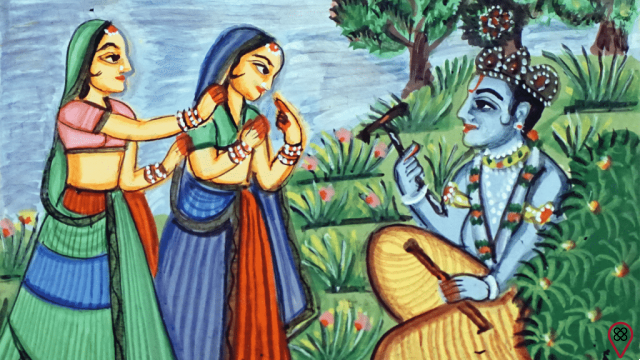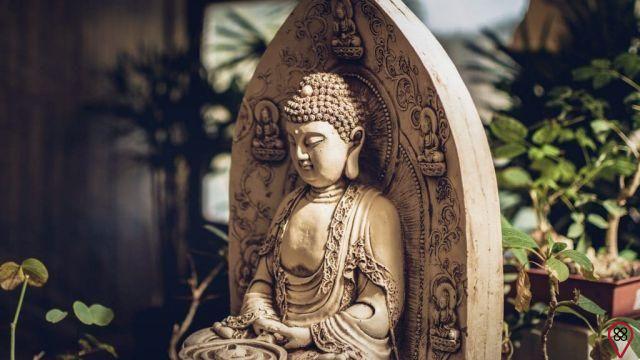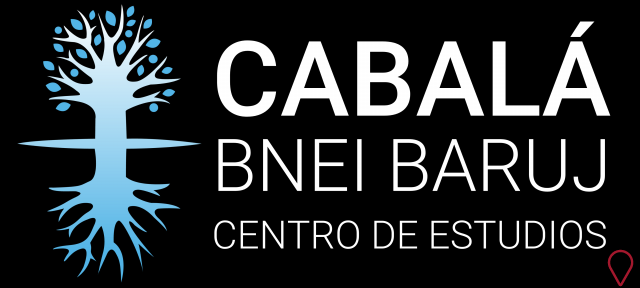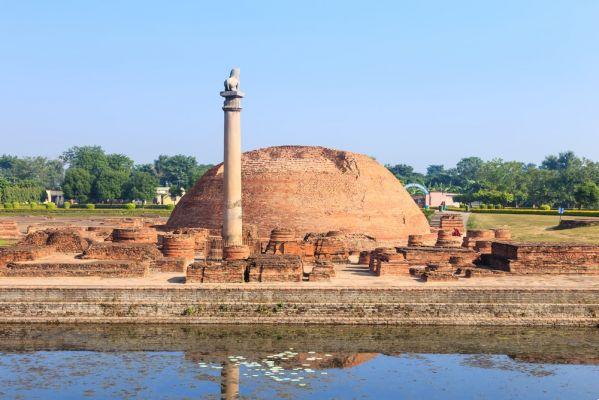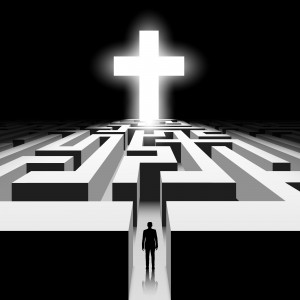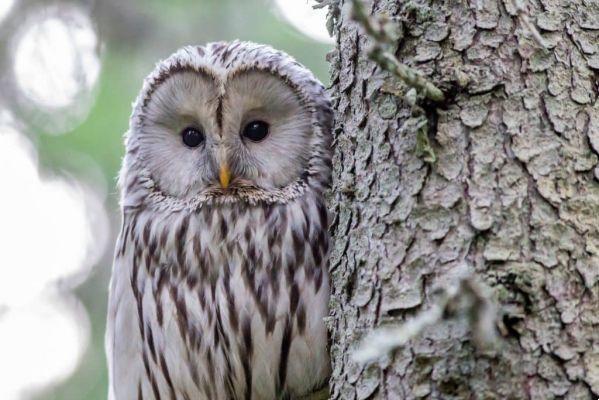According to the Aurélio dictionary: Esoteric: 1) It is said of the teaching that, in philosophical schools of Greek antiquity, it was reserved for fully educated disciples. 2) All teaching given to a restricted and closed circle of listeners. 3) Understandable only by a few; obscure, hermetic.
Exoteric: 1) It is said of teaching that, in schools of Greek antiquity, it was transmitted to the public without restriction, given the general interest it aroused and the accessible form in which it could be exposed, as it was a dialectical, probable and credible teaching.
Esoteric teachings were aimed only at a selected group of people, considered to have a certain level of education, studies and knowledge. This group was taught philosophies, including Buddhism. According to the scriptures, esoteric teachings were taught by the Buda Dainiti to Kongosatta, who transcribed them, compiled them and sealed them in an iron tower located in southern India. Years later, these teachings were transmitted to the Buda Nagarjuna by Kongosatta.
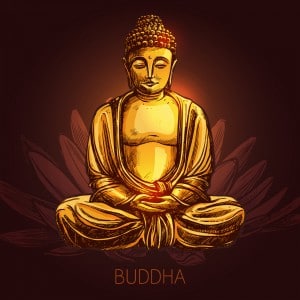
Esoteric Buddhism is a teaching that uses elements of magic and rituals, such as symbolic gestures, called mudras, incantations - which would be mantras - and the pronunciation of mystical syllables, called dharanis, as well as the adoption of diagrams, mandalas and worship. of deities.
The esoteric teachings attributed to Buddha Dainiti, as well as the Dainiti Sutra, are known as "pure esotericism", in the same way that teachings that present similar rites and formulas unrelated to Buddha Dainiti are called "diverse esoterisms". Pure esotericism began in China by Shubhakarasimha, Vajrabodhi and Amoghavajra.
In Japan, there are two major ramifications of esoteric teaching: the first is the Shingon Sect, which considers exoteric Buddhism an inferior teaching, for taking the teachings to anyone. Shakyamuni Buddha expounded Buddhist teachings according to people's understanding, being defined by the Shingon Sect as inferior at the time.
Another offshoot of esoteric Buddhism is the Tendai School of Buddhism. Although they consider Shakyamuni's teachings to be similar, they also believe that they are inferior.
Concerning these ramifications, Nichiren Daishonin, founder of Nichiren Buddhism, points out: “At a time when people confuse the Hinayana and the Mahayana teachings, the provisional and the true teachings, or the exoteric and esoteric doctrines, as if they were unable to distinguish the gemstones or the cow's milk from the mule's milk, one should distinguish these teachings following the example of the great masters Tient'ai and Dengyo."
O Buddha Original comments: “With the arrival of more Buddhist scriptures in China, it became evident that some were superior in content or more profound than others. They belonged to different categories, with the Hinayana and Mahayana, exoteric and esoteric, provisional and true. For example, all stones are invariably inferior to gold, but gold itself can be classified into several categories. No gold found in the human world can compare to the gold mined from the Jambu River. In turn, the gold of Jambu is worth much less than the gold stored in the Brahma Heaven. Similarly, all Buddhist sutras are like gold, but some are higher and deeper than others.”
Because it was a time full of information and a search for spirituality, there were religious debates throughout the ages, and only NItiren was able to elucidate what the true teaching was, which was considered to be Buddhism Mahayana, advocating that all people are possessed of absolute happiness, the state of buddha (enlightenment).
We can understand in this passage that we are gifted with inner change and an existence full of happiness and accomplishments.
Text written by Bruno da Silva Melo from the Eu Sem Fronteiras Team




